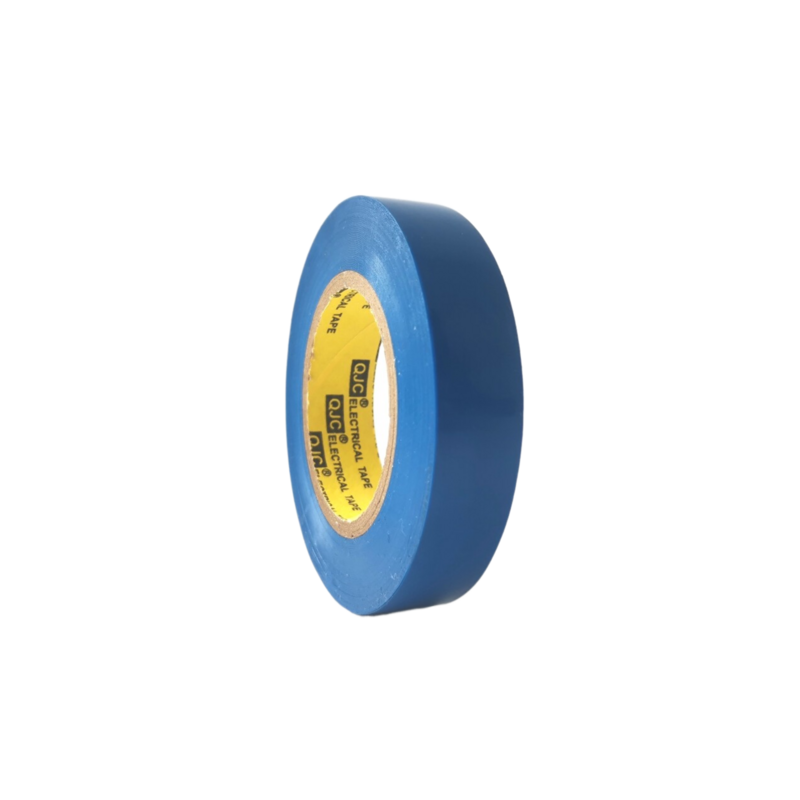Understanding the Importance of Yellow Insulation Tape
When it comes to insulation materials and electrical safety, one item that often gets overlooked is insulation tape. While insulation tape comes in various colors and varieties, yellow insulation tape has distinct advantages that make it a vital tool in both professional and DIY projects. This article delves into the characteristics, applications, and benefits of yellow insulation tape, emphasizing why it deserves a spot in every toolbox.
What is Insulation Tape?
Insulation tape is a type of pressure-sensitive tape used primarily for insulating electrical wires and connections. Typically made from materials like vinyl or rubber, it offers excellent flexibility and durability. Insulation tape is crucial for preventing electrical shorts, confining electrical energy within wires, and protecting against moisture, abrasion, and chemical exposure. Yellow insulation tape, specifically, stands out for its unique applications and visibility.
The Significance of Color Coding in Electrical Safety
Color-coding is essential in many fields, especially in electrical work, where safety is paramount. Yellow insulation tape is often used to signify caution or warnings. It acts as a visual indicator, alerting technicians or anyone handling electrical equipment that the wires or cables may conduct electricity, be part of a high-voltage system, or require special handling.
Using yellow tape helps create a visually organized workspace where individuals can easily identify potential hazards. It can also serve as a reminder to follow safety protocols during repairs or installations. For example, when wrapping wires with yellow insulation tape, it becomes evident that they require attention or should not be tampered with without precaution.
Applications of Yellow Insulation Tape
insulation tape yellow

1. Electrical Wiring One of the primary uses of yellow insulation tape is in electrical applications. It's commonly used to wrap exposed wire connections to prevent accidental contact with conductive materials. This practice ensures that electrical installations adhere to safety standards.
2. Temporary Marking Engineers and technicians often deploy yellow insulation tape for temporary marking. It can be used to mark hazards on a job site, indicate the location of electrical wires beneath surfaces, or identify specific circuits in complex installations. The bright yellow color makes it easily noticeable in various environments.
3. Cable Management In environments with multiple wires and cables running in close proximity, yellow insulation tape can help bundle and manage them effectively. It keeps cables organized, reducing the risk of tangling and making it easier to trace lines back to their source.
4. Emergency Responses In emergency situations, yellow insulation tape can be an invaluable tool for marking off hazardous areas or denoting malfunctioning electrical equipment. Its high visibility ensures that hazards are immediately recognized, reducing the risk of accidents.
Benefits of Using Yellow Insulation Tape
- High Visibility The bright yellow color enhances visibility, making it easier to spot potential hazards or critical connections. - Durability Yellow insulation tape is often designed to withstand a variety of environmental conditions, from high humidity to extreme temperatures, ensuring long-lasting performance. - Flexibility Its flexible nature allows it to conform to various shapes, making it ideal for wrapping around wire bends and corners. - Resistance to Abrasion Yellow insulation tape provides an additional layer of protection against wear and tear, ensuring that underlying wires remain intact.
Conclusion
In conclusion, yellow insulation tape is more than just a colorful addition to a toolbox; it plays a critical role in maintaining safety and efficiency in electrical work. Its various applications, from insulating wires to providing cautionary markers, make it an essential item for professionals and DIY enthusiasts alike. By incorporating yellow insulation tape into your projects, you can enhance safety, streamline organization, and ensure compliance with electrical standards.
-
XIANGFAN Rubber Tape-Ultimate Solutions for All Your Insulation NeedsNewsJun.24,2025
-
XIANGFAN Rubber Tape-Protection for Industrial and Residential ApplicationsNewsJun.24,2025
-
XIANGFAN Rubber Tape: Superior Safety and Sealing for Demanding EnvironmentsNewsJun.24,2025
-
XIANGFAN Rubber Tape: Reliable Solutions for Every Electrical ChallengeNewsJun.24,2025
-
XIANGFAN Electrical & Industrial Tape: Powering Reliability Across IndustriesNewsJun.24,2025
-
XIANGFAN Electrical & Industrial Tape: Excellence in Every ApplicationNewsJun.24,2025
